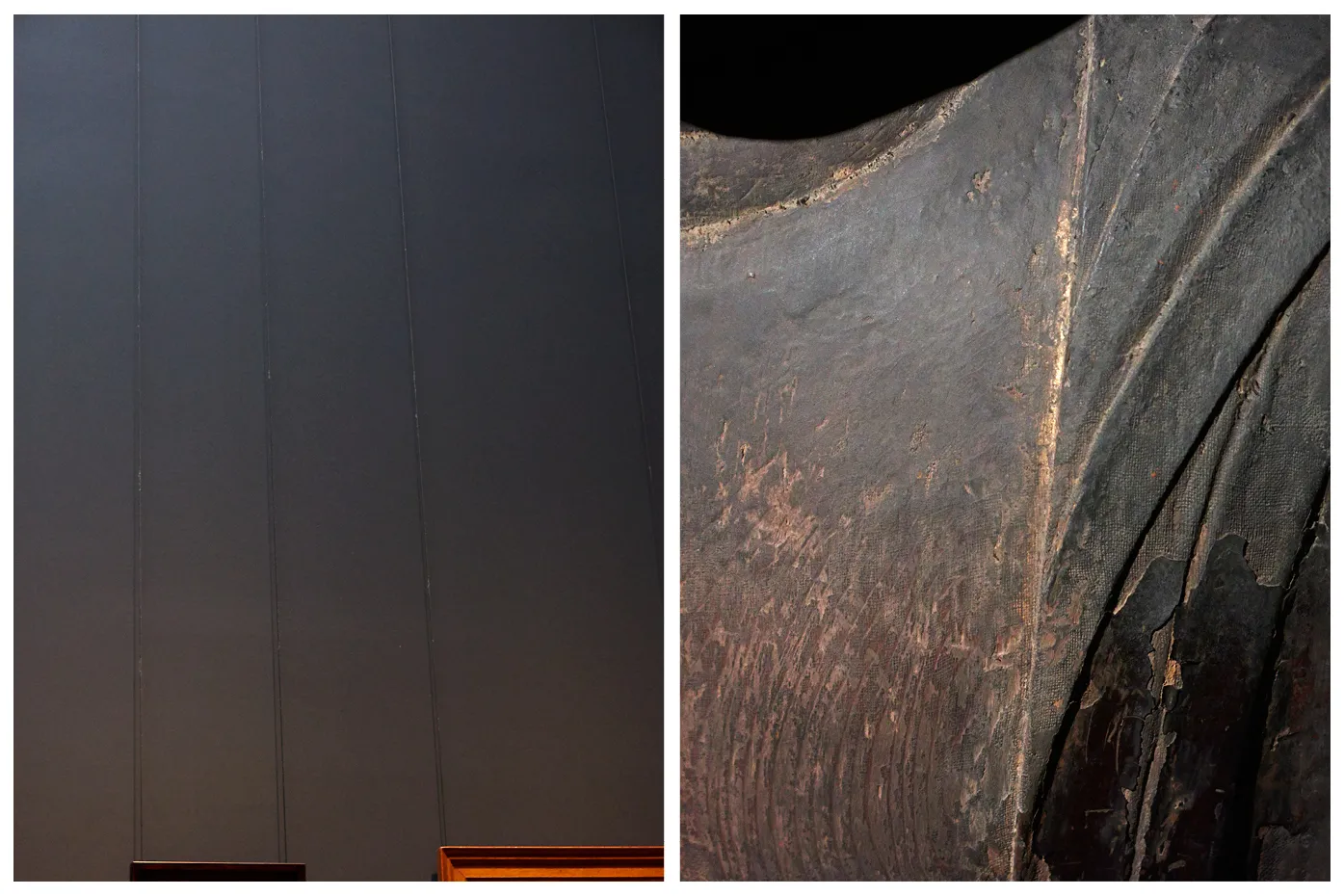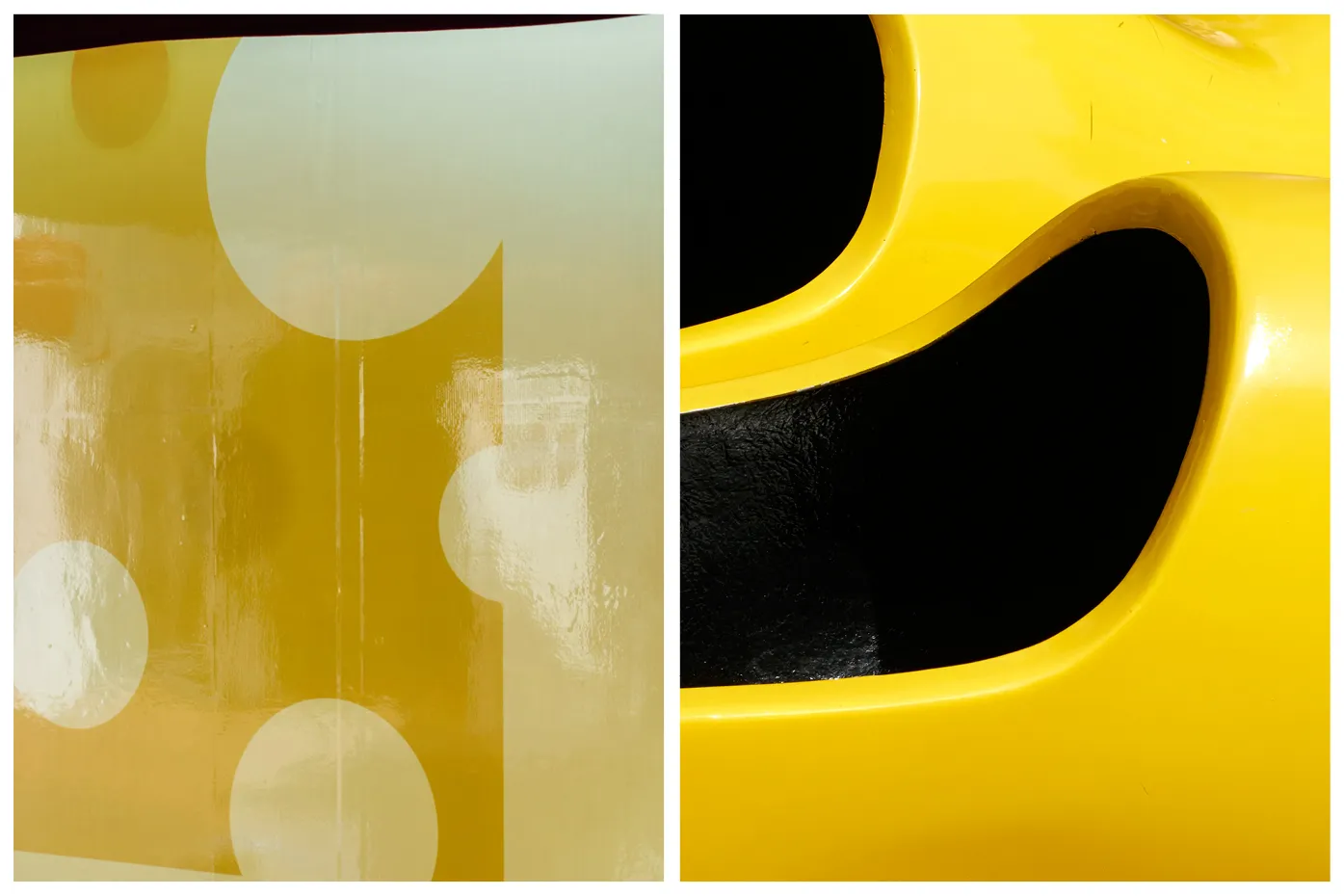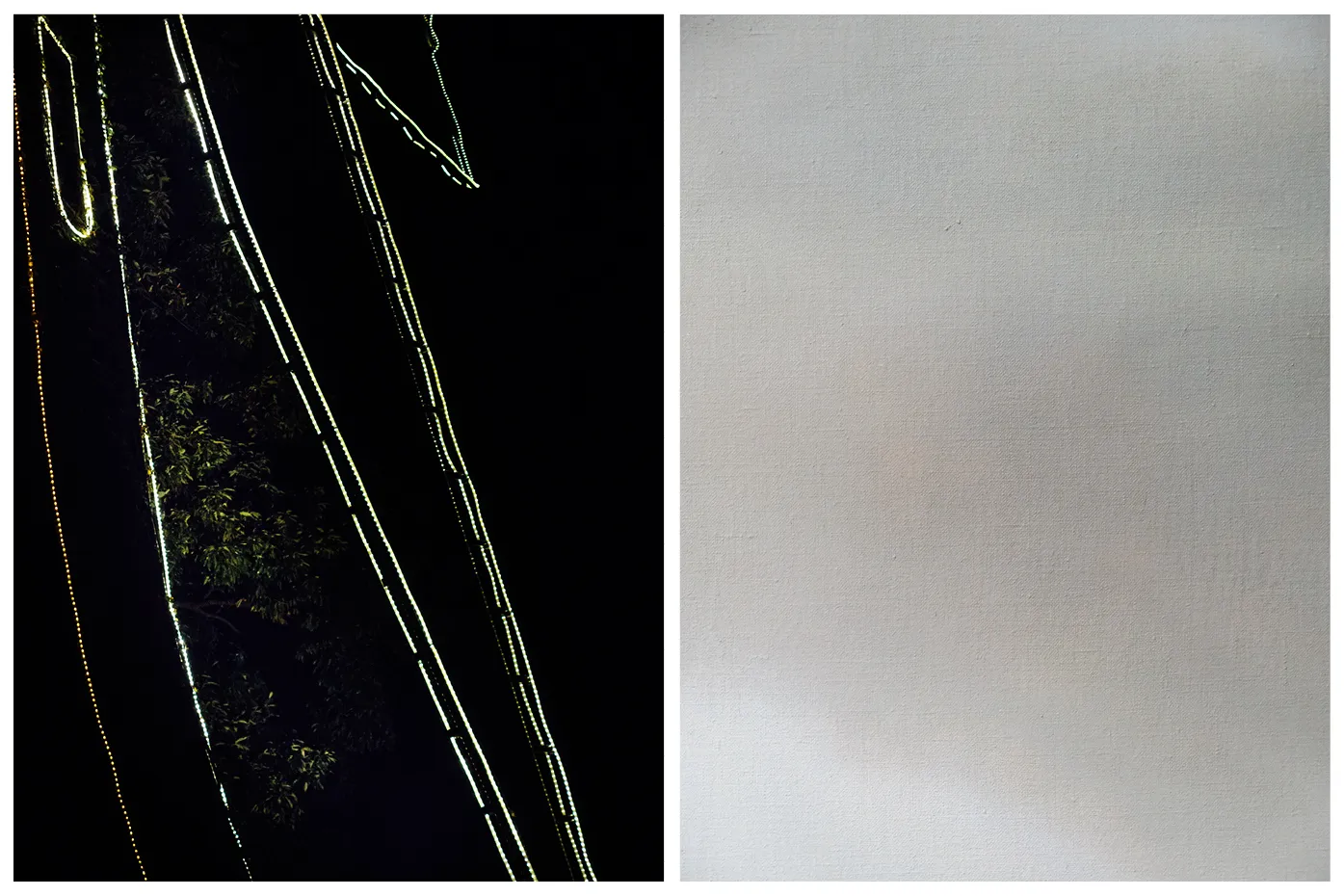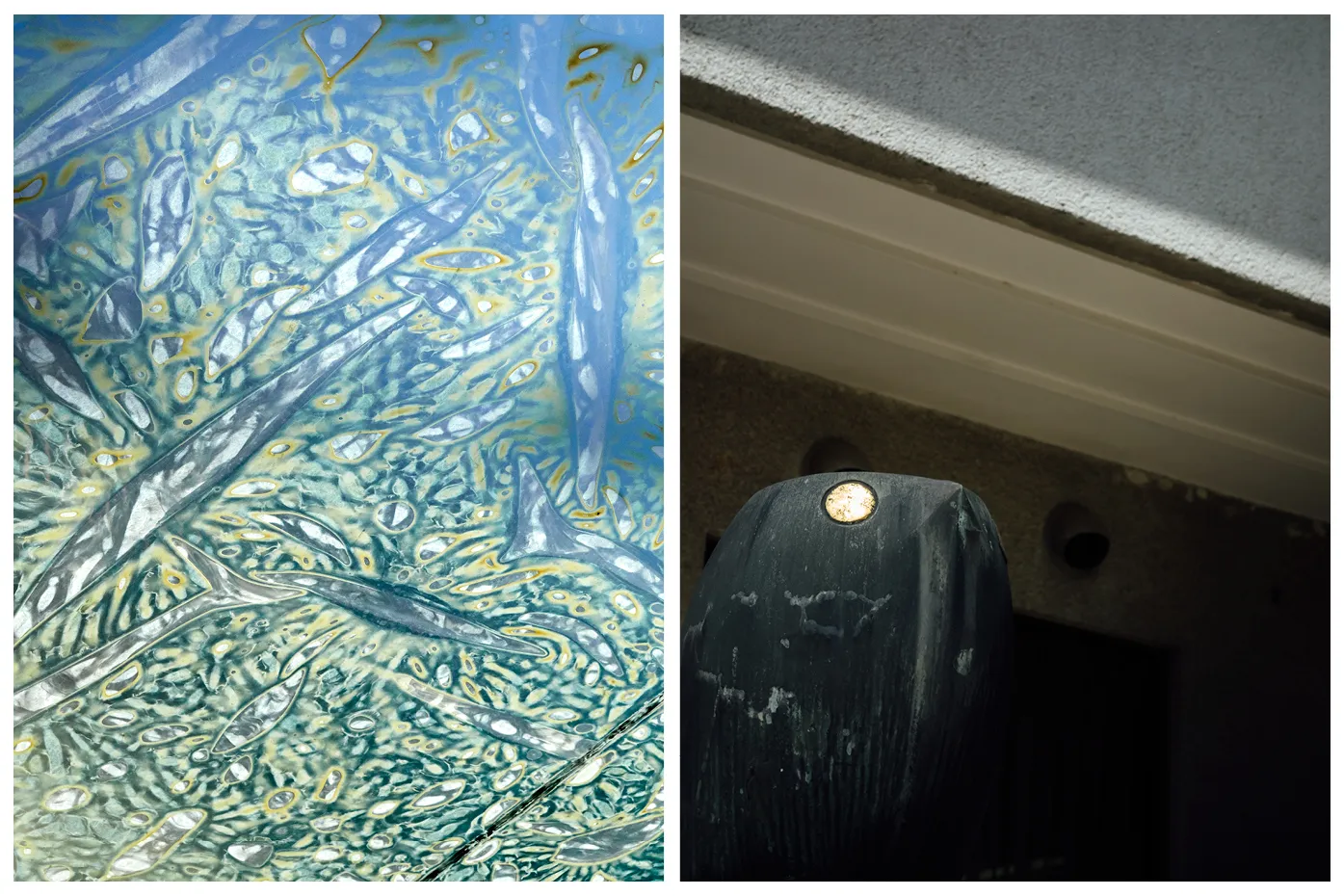OTANI NIEUWENHUIZE – photo series and exhibition
Details
Japanese photographer Shinji Otani and Dutch photographer Johan Nieuwenhuize collaborate as artist duo OTANI NIEUWENHUIZE.
With their project OTANI NIEUWENHUIZE the artists look into Japanese and Dutch culture, and cultural tourism in general.
Behaving as tourists themselves they photograph sites of so-called cultural consumption. In the Netherlands they visit the Rijksmuseum in Amsterdam and De Efteling in Kaatsheuvel. In Japan they visit the shrine of Dazaifu Tenmangu in Dazaifu and the historic site of the former Dutch trading post Dejima in Nagasaki. Their fifth subject, amusement park Huis ten Bosch in Nagasaki Prefecture, represents both Japanese and Dutch culture.
The project was shown in solo exhibtions in the Dazaifu Tenmangu Shrine Museum, Dazaifu, Japan, in POST, Tokyo in 2016 and in Ibasho Gallery in Antwerp in 2017. Along with the exhibition a publication of the project was published with texts by Robin van Emden and Taco Hidde Bakker (see below).
OTANI NIEUWENHUIZE was part of the Holland-Kyushu program and is made possible by Fonds Kwadraat, Mondriaan Fund, STROOM Den Haag, the Shareholder and the Embassy of the Kingdom of the Netherlands in Tokyo.
You can watch a video interview made by Jerry de Mars here.
See also www.otaninieuwenhuize.com

A happy marriage
by Taco Hidde Bakker
They joined their names almost like a married couple, and the Otani Nieuwenhuize partnership acts as a (temporary) marriage of photographic visions. Artist-photographers Shinji Otani and Johan Nieuwenhuize travelled to heavily visited religious and cultural locations in their respective motherlands of Japan and the Netherlands. They also took their cameras and their particular ways of looking and framing, establishing the rule that they would select each other’s photographs for the final edit of their publications (online and in print) and that each selected image would have to be paired with another, whether an image by the same photographer or the partner.
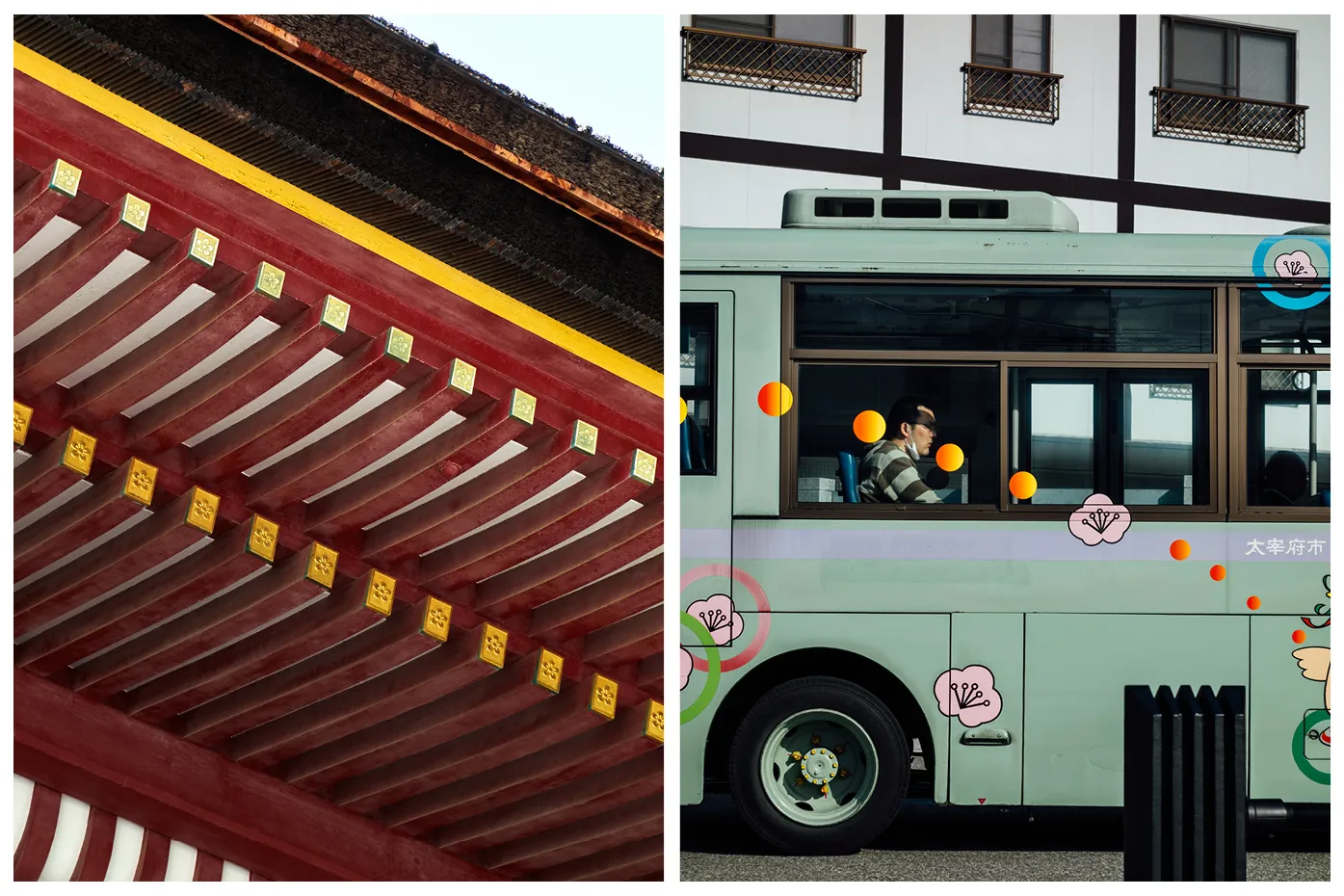
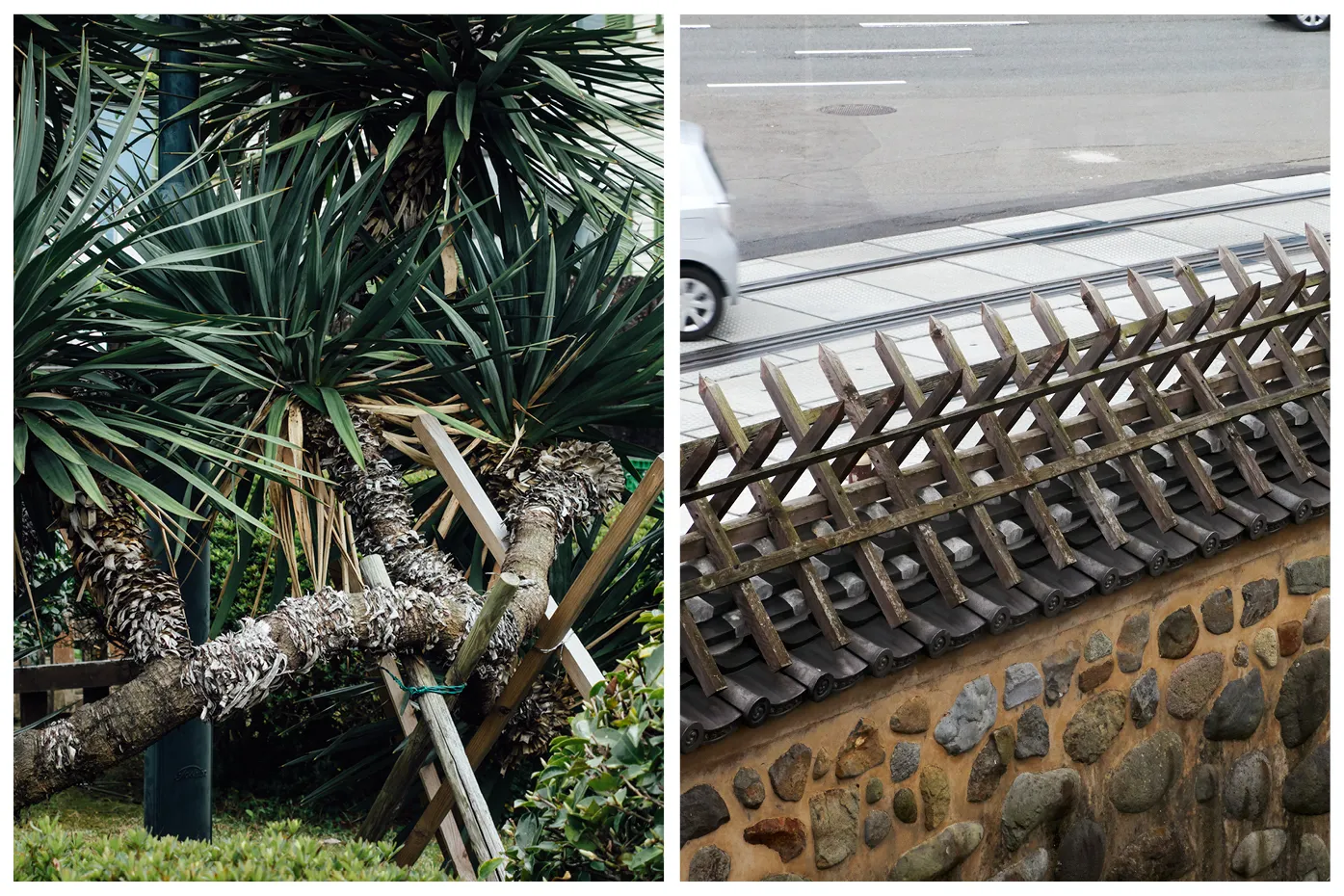

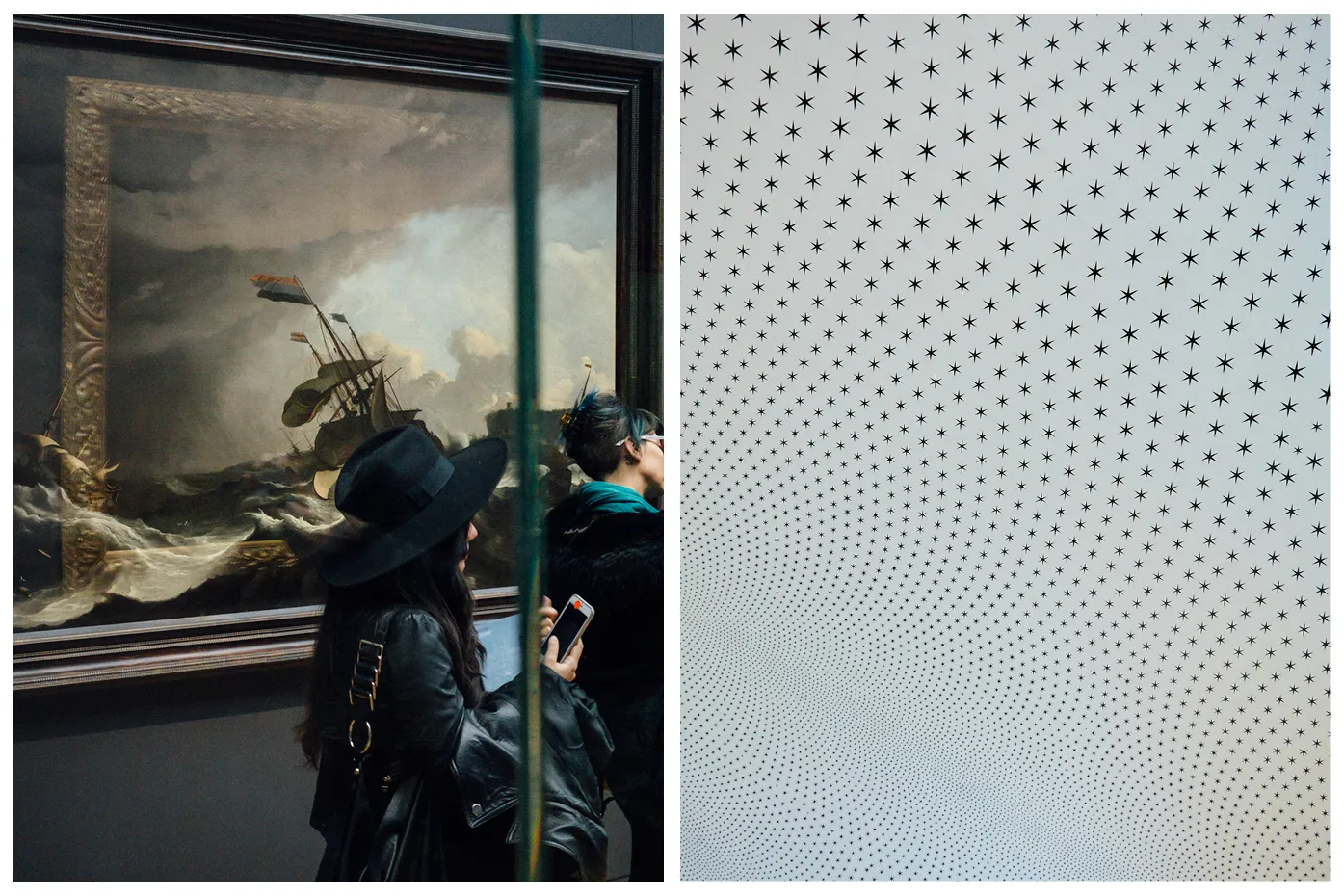
I have known both artists’ work for some years now, but had never thought of seeing their images combined. It works surprisingly well. Otani and Nieuwenhuize travelled to Japan to take photographs at Dazaifu Tenman-gū, a place of pilgrimage housing a famous Shinto shrine, and to Deshima, a trading post on an artificial peninsula in the bay of Nagasaki, where from 1641 to 1853 the Dutch were the only foreigners granted access. In the Netherlands they ventured to the Efteling, a large fantasy amusement park, and to Amsterdam’s Rijksmuseum, the epitome of Dutch culture and history. What Otani and Nieuwenhuize photographed there couldn’t be farther from what the usual tourist would snap, often zooming in on details and surfaces beyond recognition. As such, a combination from the Efteling could be interchangeable with a pairing from the Rijksmuseum. The photographs from Japan display a sharp eye for architectural arrangements and a way of combining images that is befitting the book format. These images respond to and enrich each other, two images together forming one new image, but with a residual tension that keeps pulling them apart. Perspectives run away to opposite sides, or a diptych appears like an old-fashioned allegory – what morals are inadvertently expressed in the black-banded rock juxtaposed with a butchered pig’s head, surrounded by glasses of red wine and holding a piece of indistinguishable red fruit in his mouth?

Otani and Nieuwenhuize’s artistic marriage shows an experiment in the chemistry that can exist between photographs, how compounds only interact with each other under select conditions. Goethe used theories of that interaction as an organising principle for his novel Elective Affinities (Die Wahlverwandtschaften, 1809) in which he examined to what extent human relations and passions are governed by the laws of chemical attraction. As for the Otani Nieuwenhuize partnership, we can never know exactly which laws govern the act of joining pictures in photography and editing. Like in the realm of passion and love, so much goes intuitively, resisting reason, and words are almost never (if ever) adequate to do justice to the subversive power of the intelligent, sometimes whimsical correspondence of images.
Taco Hidde Bakker

